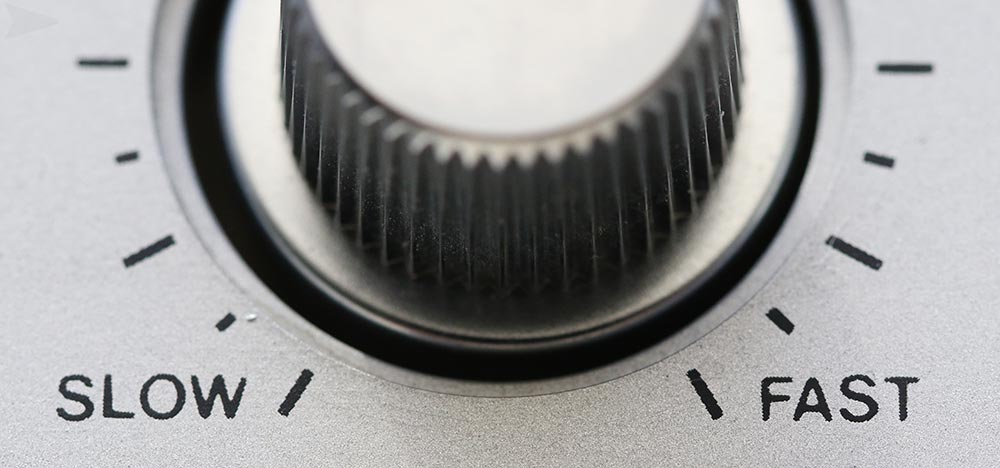By Dan Brotman — Editor-At-Large
Anyone who is familiar with synth history has heard the infamous TB-303 Bass Line’s origin story: A companion piece to the TR-606 Drumatix drum machine, the Transistor Bass (TB) 303 was marketed as a synthetic bass guitar, enabling guitarists to have their own backing band. It made its debut in 1982 and immediately struggled to gain acceptance, despite its alluring proposition, since it didn’t ship with an English-speaking manual and users couldn’t grasp it’s chunky programming methodology. After two years, Roland ceased production and the 303 was denounced as a commercial failure. It was relegated to music store bargain bins and pawn shops where it was picked up by Charanjit Singh, Nathaniel Jones and others who took advantage of its squelchy, tweaky sound and created a worldwide phenomena. Nathaniel Jones (aka DJ Pierre) and the rest of his Phuture crew – Spanky and Herb J – are credited with the “acid” moniker after naming their first release with the TB-303, “Acid Tracks.”
The first time the Roland TB-303’s origin story was relayed to me, it never made any sense, considering its otherworldly sonic signature. This was supposed to replicate a bass guitarist? The fact that it was told to me by a Roland employee gave it credibility, and pushed it into the realm of resigned acceptance, but underneath, it just never felt right.
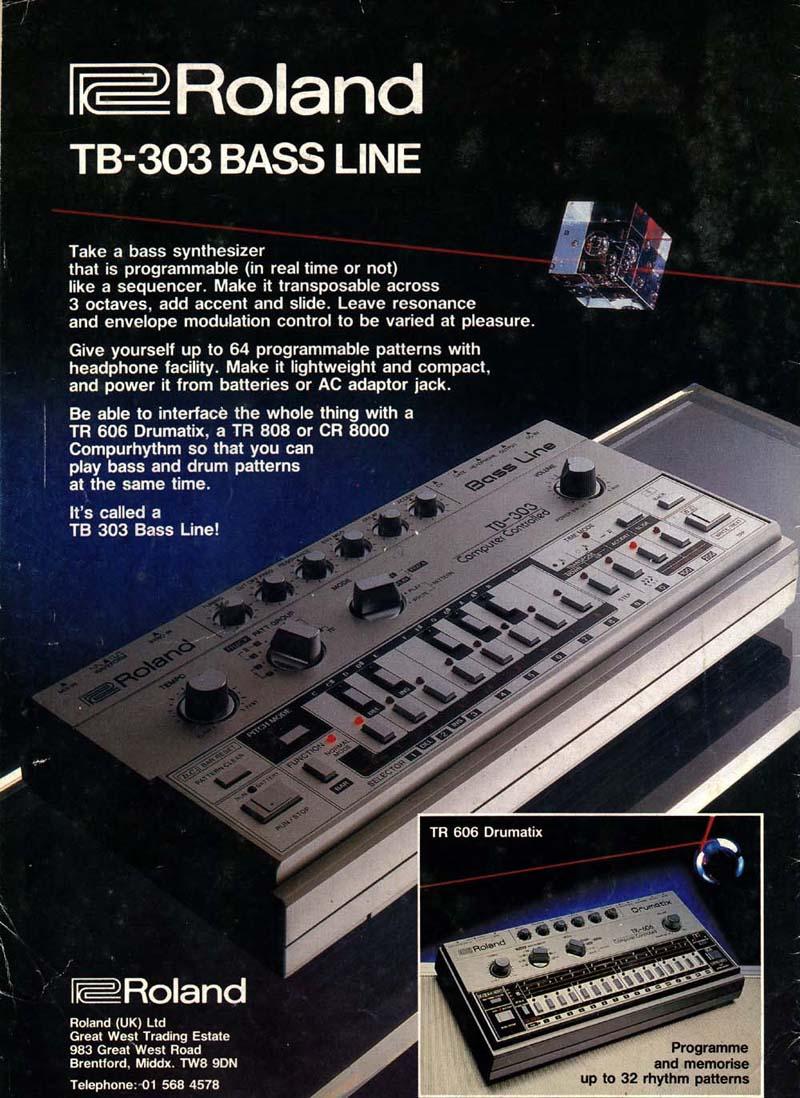
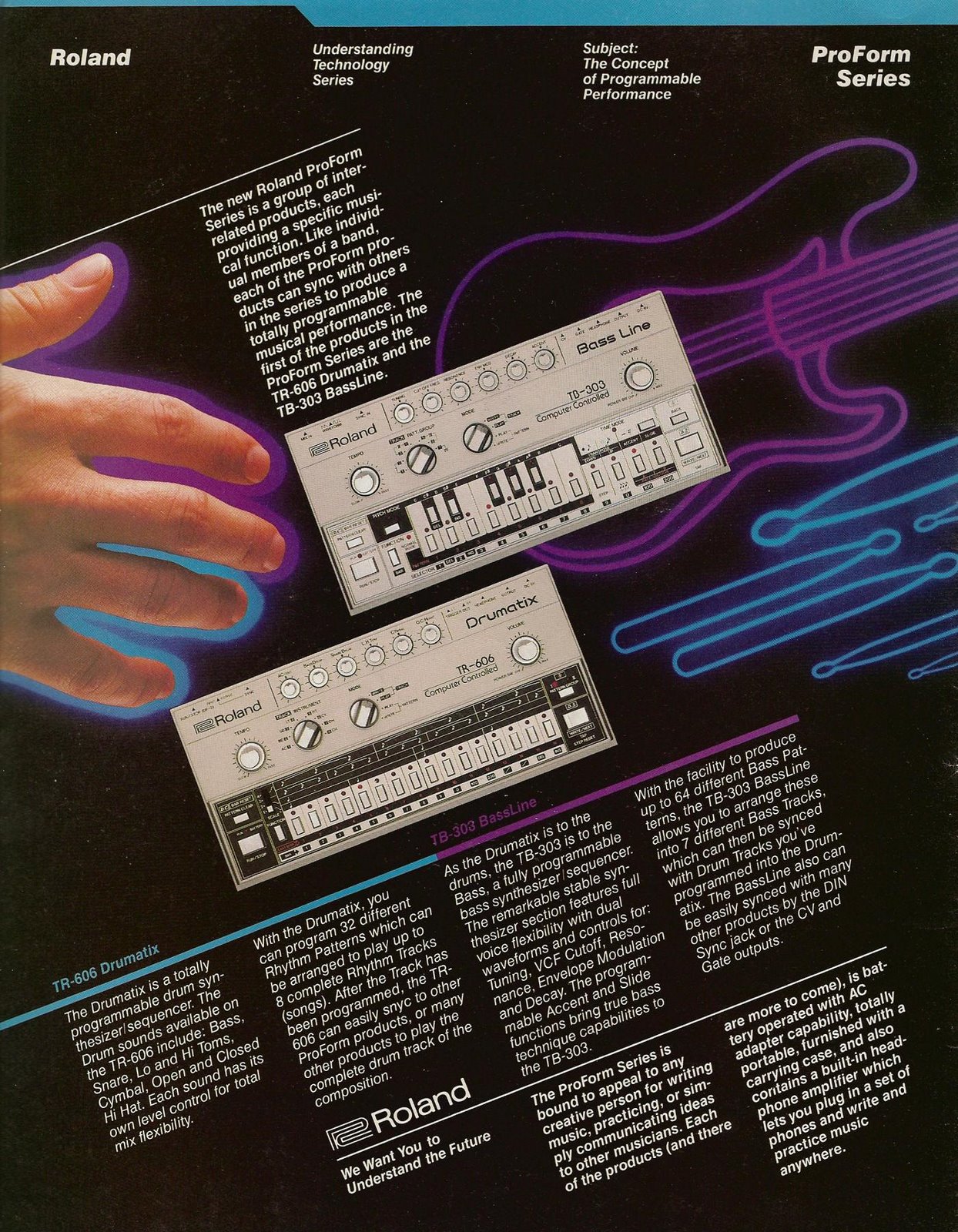
Roland’s TB-303 and TR-606 magazine advertisements in 1982.

For a limited time only! Up to 80% off all Waves Bundles. PLUS click the banner above or the Go button for an additional 10%! This is Waves best deal yet! Get yours today before this special ends! GO!
Roland TB-303
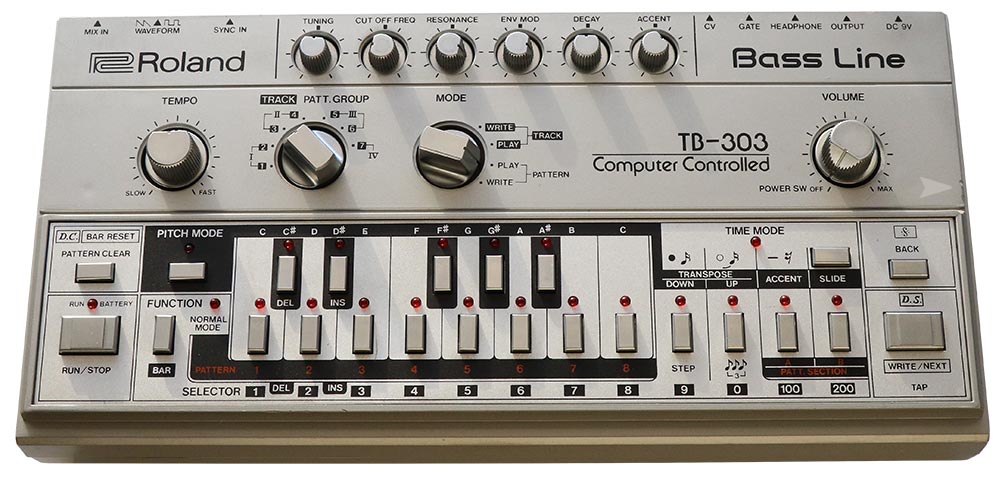
This is a tale that has been told so many times, and reinforced by Roland, it’s become conventional wisdom. But what if this wisdom is not the whole story? Tadao Kikumoto, the brilliant Roland engineer who designed the TB-303, as well as the TR-909 and TR-808, and the rest of his team clearly understood that the 303 could make these greasy, liquid sounds, since it is almost too easy to coax the little silver box into these realms. If it was truly intended to purely replicate a bass guitar synthetically, then wouldn’t they have limited the 303’s sonic signature to just the low frequencies? Or made other choices to restrict the sound to be more, well bass like? Why would it be allowed to go completely mental and create these “acid” sounds?

The easiest way for electronic musicians to get their music onto Spotify, Apple Music, iTunes, Amazon Music, Tidal, Instagram, Facebook, TikTok, Pandora, Twitch & much more! Click the banner above or the Go Button to save 7% off of your signup! GO!

The circuitry’s magic energy…
Could it be that Kikumoto uncovered the circuitry’s magic energy during the development and convinced others at Roland to simply leave it in there? In all our research, we’ve never encountered an interview where he’s admitted to that specifically, but is it out of the question?
He has revealed that the 808 bass kick’s expandable decay was intentional. Did he know that Rick Rubin and others would push that concept into new creative realms beyond his imagination? No. But the intention to allow the decay length to be manipulated was there, and look what that created!

Tadao Kikumoto
Kikumoto must have manipulated the 303’s six knobs – at some point – to get that paranormal sound…
In the design, development and extensive testing, Kikumoto must have manipulated the 303’s six knobs – at some point – to get that paranormal sound. It’s not like the 303’s acid sound needs to be accessed by a secret menu, or a multi combination key press, it gets tweaky very easily without any sort of coaxing. In fact, you can say the 303 would rather get slinky and squelchy than properly emulate a bass guitar.
Therefore, could it be that Roland focused on the bass guitar replication aspect simply because of marketing? It’s easy to market a synth that can emulate a bass guitar, but how about mind-melting tweaky sounds? Probably a harder sell. Remember, this is early 1980’s corporate marketers we are talking about – were they, or anyone else in that era really positioned to properly promote a futuristic synth sound that made you want to dance?
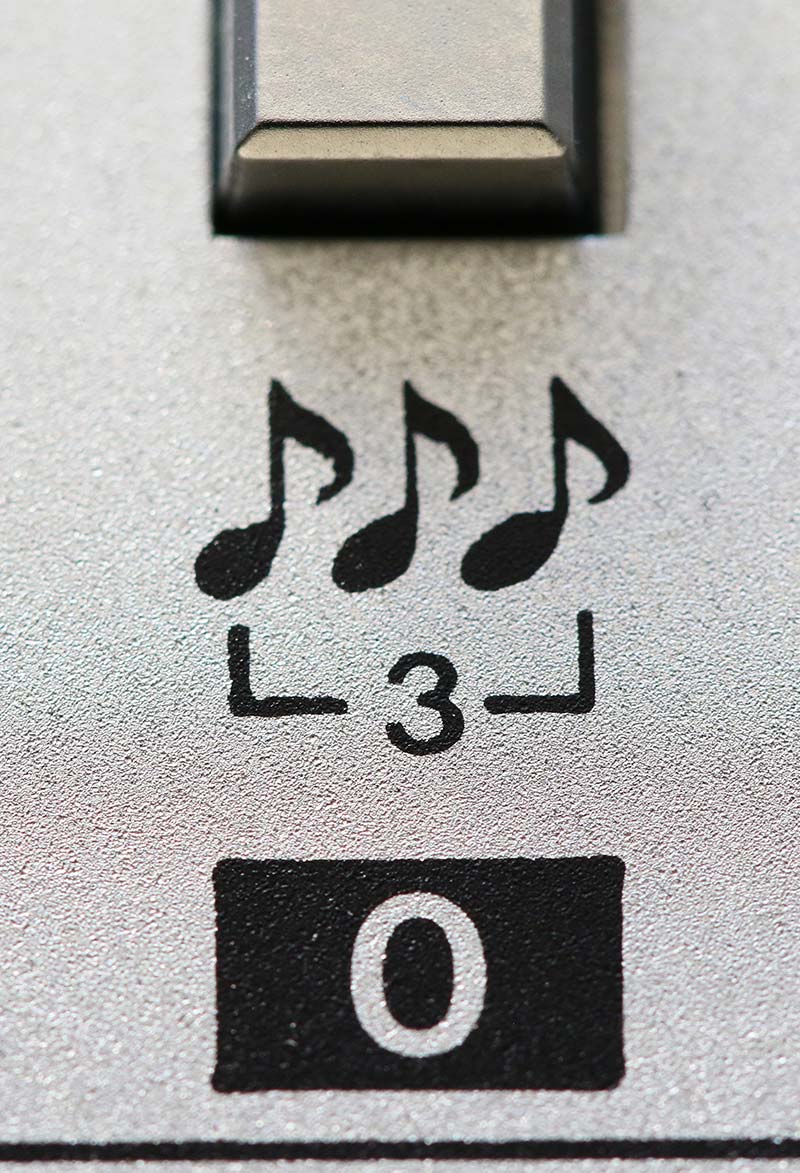
Therefore, Kikumoto may have been content to follow the corporate positioning of the TB-303 as a bass guitar replacement, rather than admit his wild design was trying to push the envelope, especially when the TB-303 was deemed to be a failure. We can speculate all we want, but what was Kikumoto’s intention? To find out, we went right to the source.
Kikumoto: “The TB-303 was meant to emulate the electric bass guitar sound. However, my team and I did allow the sound to expand with the filter. The one aspect that we consciously limited was self-oscillation with the filter resonance. In fact, if you turn the resonance knob to the max, it will never self-oscillate, but it will make those characteristic squelchy sounds – which was eventually called acid when the 303 had its rebirth. It wasn’t the sound I wanted, but I left the synth architecture intact to keep the possibility of sound design open to users.”
So there it is…while Kikumoto and his team at Roland were trying to create a bass guitar sound with analog synthesis, the openness of the synth’s architecture allowed for something more. Well, that’s an understatement – A LOT more. But this wasn’t the first time Kikumoto built expanded possibilities into a product design…
Kikumoto: “The TR-808 was designed with the idea of emulating an acoustic drum kit, utilizing the latest Roland analog synthesis technology. Roland was a synthesizer manufacturer. It was solely their brand identity at the time. Therefore, when we developed the 808, we provided the ability for expanded sound design. For example, people criticized the long delay of the TR-808’s kick sound as unrealistic. But it provided the user with the ability to create something new and different. Plus, if they didn’t like it, they could just give it a short decay. I never understood what the commotion was about. “

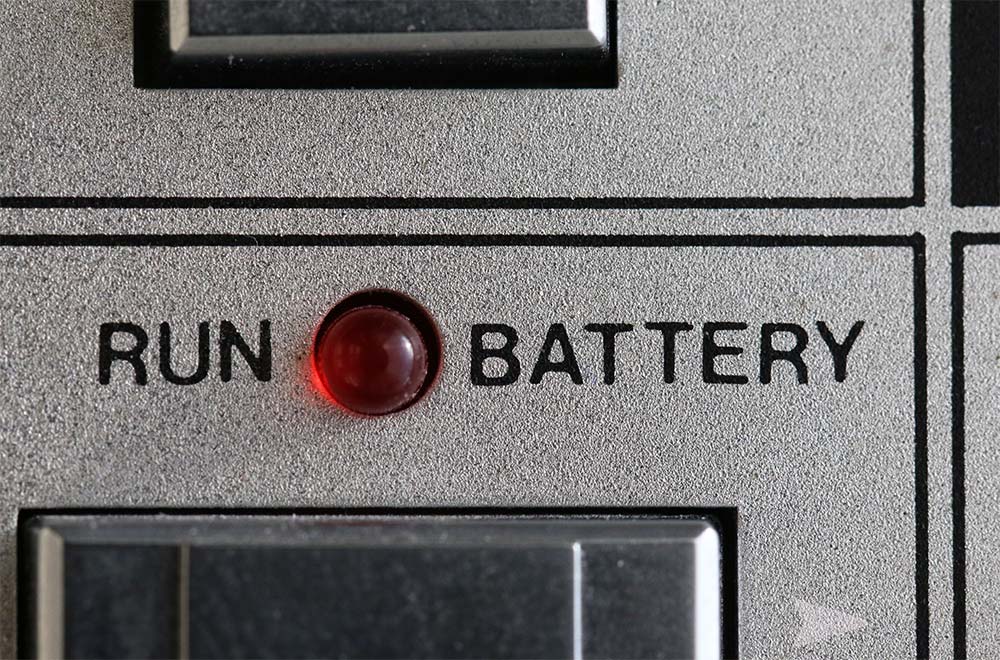
We mentioned Rick Rubin above, but the fact that people are still exploring the sound design possibilities of the 808 fifty years later says something not only about Kikumoto’s genius, but about the depth he built into these seemingly simple electronic instruments. However, with the initial failure of the TB-303, how did Roland respond internally, did they curtail “sound design possibilities” in future products? And what did Kikumoto learn from this experience moving forward with new synthesizer designs?
Our interview with Kikumoto ended there, but what we do know is that Roland discontinued the TB-303 after producing 10,000 units, which sounds like quite a large number for something that was considered a flop. For reference, Roland produced 10,000 TR-909 and 12,000 TR-808 drum machines during the 1980’s. Remember, Roland was only ten years-old at the time and a much, much smaller company. Manufacturing 10,000 TB-303’s was a major investment. More baffling is that if the TB-303 was such a sales flop, wouldn’t they have curtailed production? Sure, communication in the 80’s wasn’t close to the instantaneous access to retail data that we have today, but sales representatives around the world must have informed Ikutaro Kakehashi, Roland’s founder, early on that the 303’s were not selling. Why would they just keep cranking them out?
One reason is because they completely handicapped the TB-303’s chances by not releasing a proper manual. They realized this was a grave error and responded a year later by including a comprehensive 90-page manual that explained the new programming paradigm in depth. Thus, they may have gambled on continuing to manufacture the box with the hope that the market would catch up when musicians learned how to use it. Unfortunately, by then it was too late. Retailers were flooded with 303’s they couldn’t sell, and musicians who bought in, dumped them at pawn shops for whatever cash they could get.
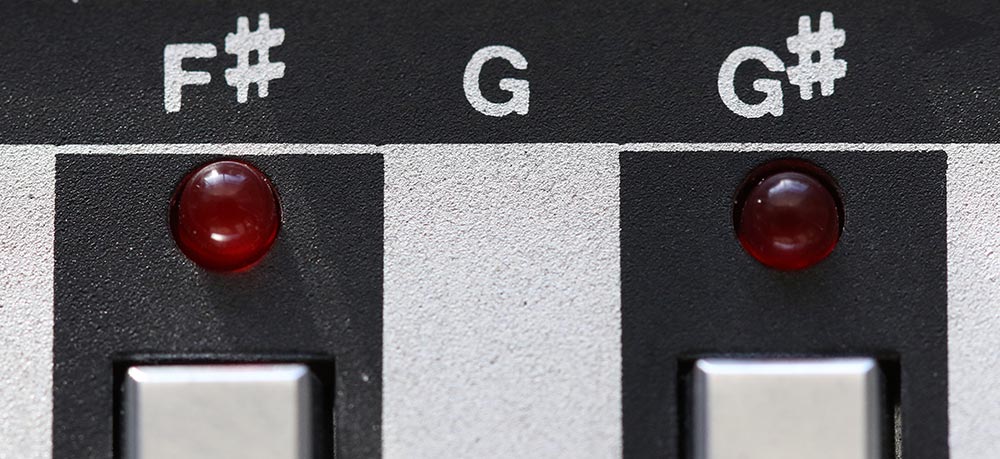
We Design The Future
It’s obvious that Roland doesn’t really want to delve into the inner contemplations that Kakehashi, and his management team must have had during these tense times, since it’s never addressed, and Kikumoto didn’t want to answer our questions about what transpired. When asked about why Roland wasn’t reissuing the 303 after electronic musicians discovered its sorcery and its popularity skyrocketed, Kakehashi was dismissive, stating “we don’t chase ghosts.” That’s a lot of money to walk away from considering just how many 303 clones have steadily sold from 1990’s to today. The TB-303 must have caused some serious emotional damage to Kakehashi to forego that windfall. In fact, he doesn’t even mention it in his autobiography, “I Believe In Music.” Thus, there’s obviously a lot more to the 303 story from this standpoint. Unfortunately, we’ll never find out.
Ikutaro Kakehashi passed away in 2017 and Kikumoto was not interested in discussing it beyond what he has told us about the 303’s intention. However, we did learn that Kikumoto was well aware of the “acid” sounds that the 303 could deliver during the synth’s development and hoped users would explore its sound design possibilities. It may have been positioned as a complement to the TR-606 and marketed as such, but Kikumoto understood its potential and his boss allowed the 303’s iconic sound to be included in the final release. Although, Kakehashi may have been embarrassed the the 303’s “failure,” and unfortunately didn’t allow Roland to properly revisit the Transistor Bass until after his passing, the TB-303’s signature sound continues to influence electronic musicians to this day.
…a claim that very few synths can make.
